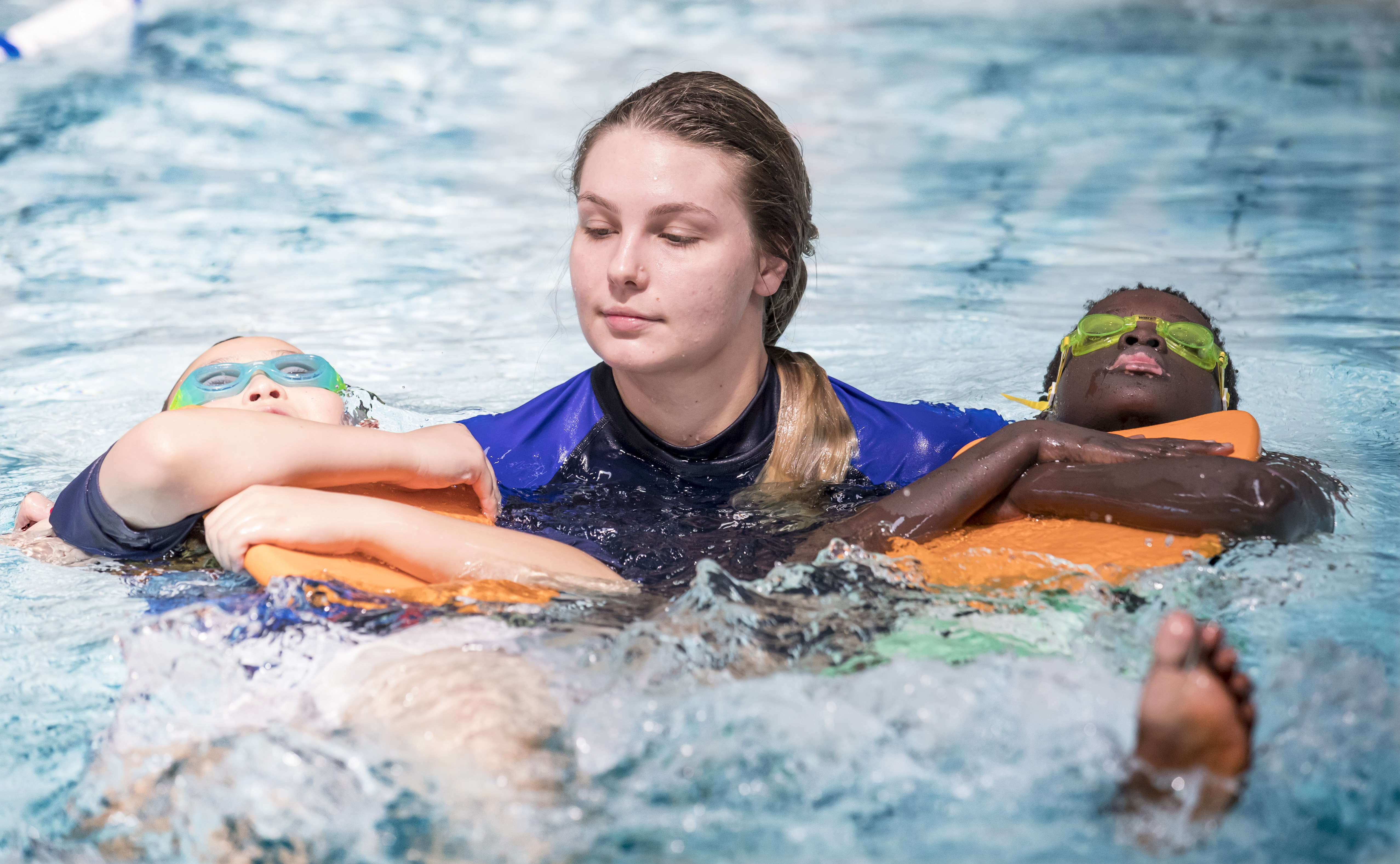10/08/2020
 Royal Life Saving Society – Australia has published the new National Swimming and Water Safety Framework, which sets out new benchmarks for children participating in swimming and water safety lessons.
Royal Life Saving Society – Australia has published the new National Swimming and Water Safety Framework, which sets out new benchmarks for children participating in swimming and water safety lessons.
With early reports showing that some parents may be reluctant to re-enrol their children in swimming lessons due to the COVID-19 Pandemic, Royal Life Saving is keen to highlight why swimming and water safety skills are essential for fun, fitness and safety, especially as summer approaches.
This Framework has been re-developed in partnership with experts from industry organisations, including AUSTSWIM, Swimming Australia and ASCTA. While it aims to inform Government policy makers and swim schools, it is an important resource for parents to understand the lifelong benefits that learning to swim provides.
The Framework provides three benchmarks for children at age 6, 12 and 17 years. Royal Life Saving believes that:
- Every Australian at the age of 6 years should be able to swim continuously for at least 5 metres, submerge and move through an obstacle, and identify people and actions to help in an aquatic emergency;
- Every Australian at the age of 12 years should be able to at least tread water for 2 minutes and swim continuously for 50 metres, rescue a person using a non-swimming rescue technique with non-rigid aids, and perform a survival sequence wearing clothing;
- 50% of all Australians at the age of 17 years should be able to tread water for 5 minutes, swim continuously for 400 metres, rescue an unconscious person in deep water, and perform a survival sequence wearing heavy clothing.
Royal Life Saving data shows that 75% of children stop swimming lessons before the age of 9 years and that 40% of 12-year-olds are not achieving these benchmarks.
Royal Life Saving, CEO, Justin Scarr, said “Swimming is an intrinsic part of the Australian way of life, which means that lessons are not only essential they are lifesaving. The National Swimming and Water Safety Framework reinforces the importance of freestyle and backstroke swimming strokes, as well as water safety skills such as survival strokes, treading water and rescue techniques to keep children safe in water.
“Royal Life Saving is asking parents: can your 10-year-old swim 50 metres freestyle and tread water for 2 minutes? If not, we urge you to speak with your local swim school now.”
Royal Life Saving is proud to have brought the industry together on this important project. Mr Scarr added “Given that the COVID-19 Pandemic is placing great strain on the industry, it is vital more than ever that parents and the Government realise the essential role that national swimming teachers play in the nation’s long-term health and wellbeing, and drowning prevention.”
The Framework has the support of all major swimming organisations:
“As a sector, it is warming to know that our aim is ensure that every individual in Australia will be provided with a balanced water safety, personal survival and swimming education.” Carl Partridge – Chief Executive Officer, AUSTSWIM
“Swimming Australia proudly supports the Framework and we understand it is fundamental to ensuring that swimming and water safety programs across Australia adopt a consistent approach to teaching kids to be safe in the water and to learning the skills that will enable them to swim for life.” Leigh Russell – Chief Executive Officer, Swimming Australia
“This Framework is an excellent resource for everyone involved in the planning and delivery of swimming and water safety in Australia. I am sure it will lead to great improvements in swimming and water safety and I encourage everyone to adopt the Framework.” Brendan Ward – Chief Executive Officer, Australian Swim Coaches and Teachers Association
The following organisations have endorsed the National Swimming and Water Safety Framework:
- AUSTSWIM
- Surf Life Saving Australia
- Swimming Australia
- Australian Swim Coaches and Teachers Association (ASCTA)
- Belgravia Leisure
- YMCA (the Y)
- Australian Swim Schools Association (ASSA)
- Kids Alive Do the Five
- Royal Life Saving Society – Australia
More information about the National Swimming and Water Safety Framework
